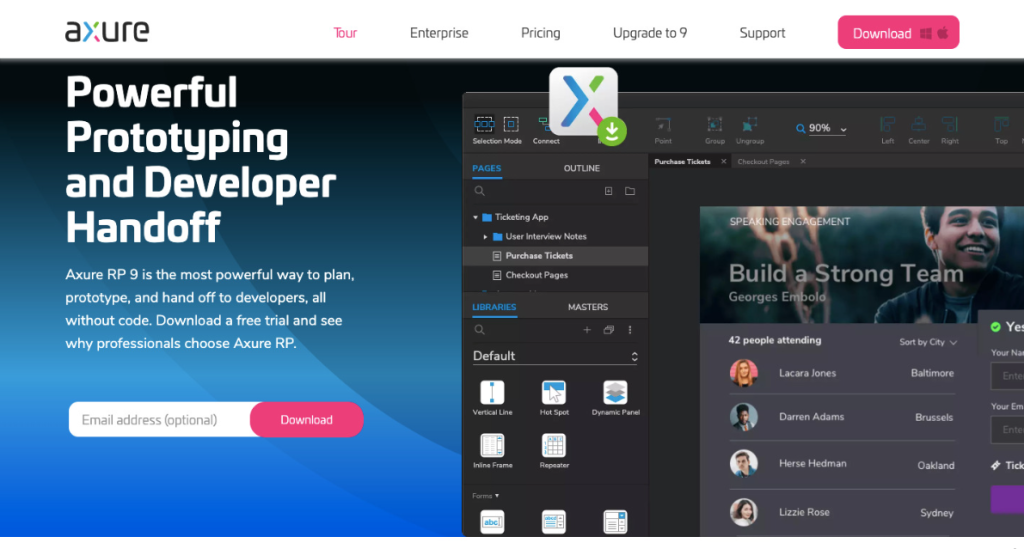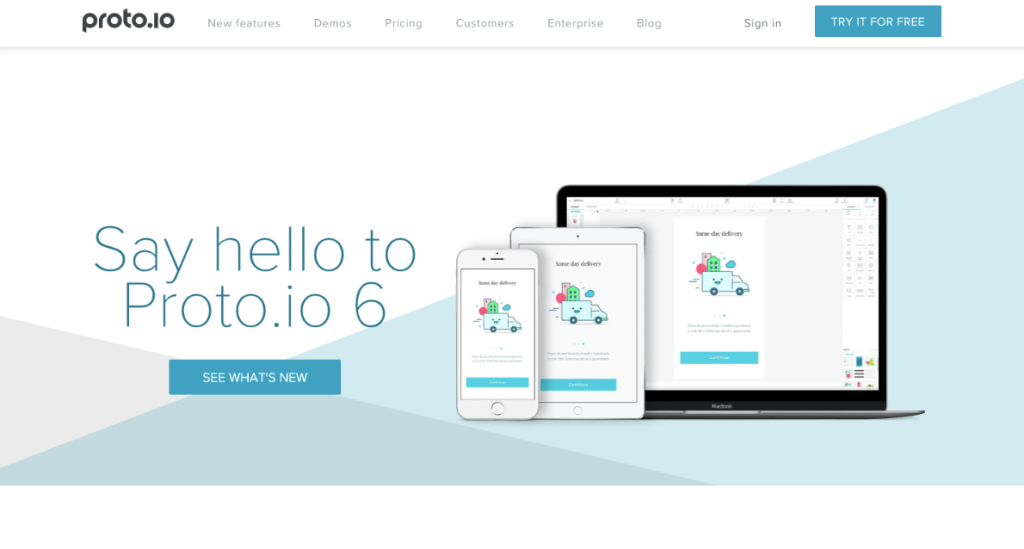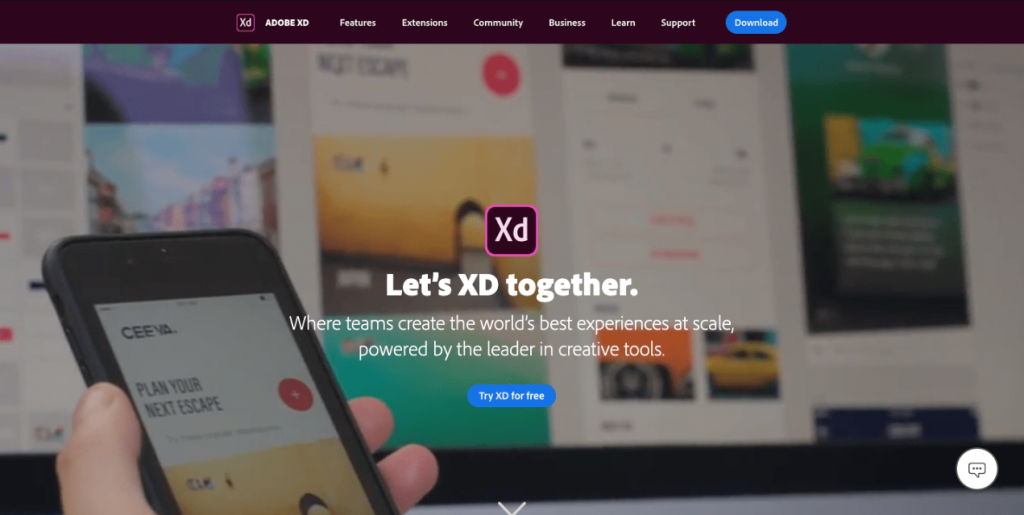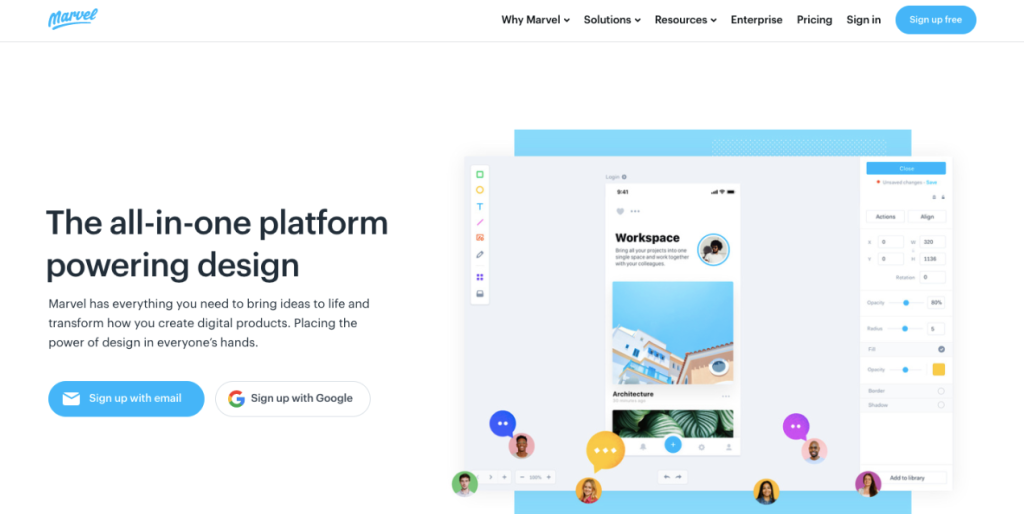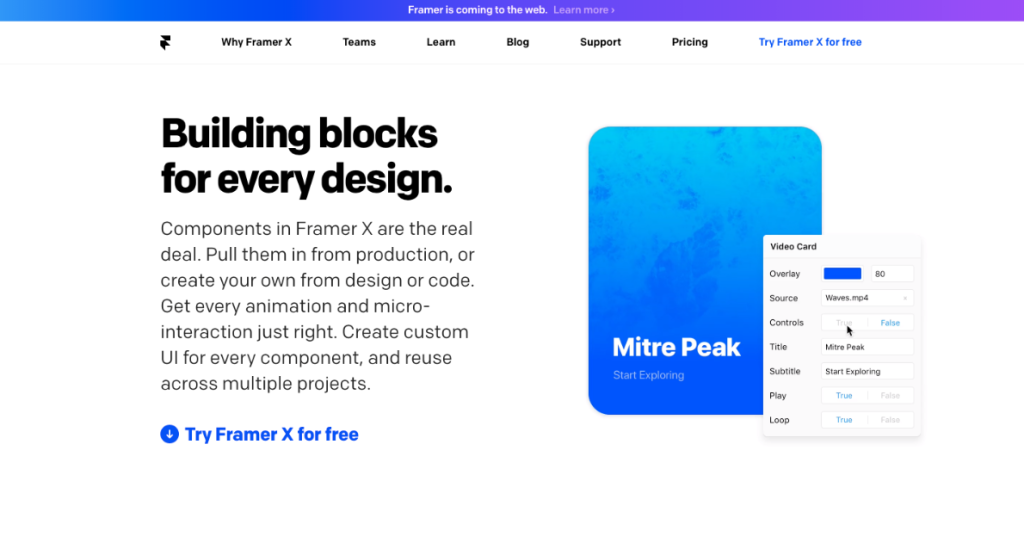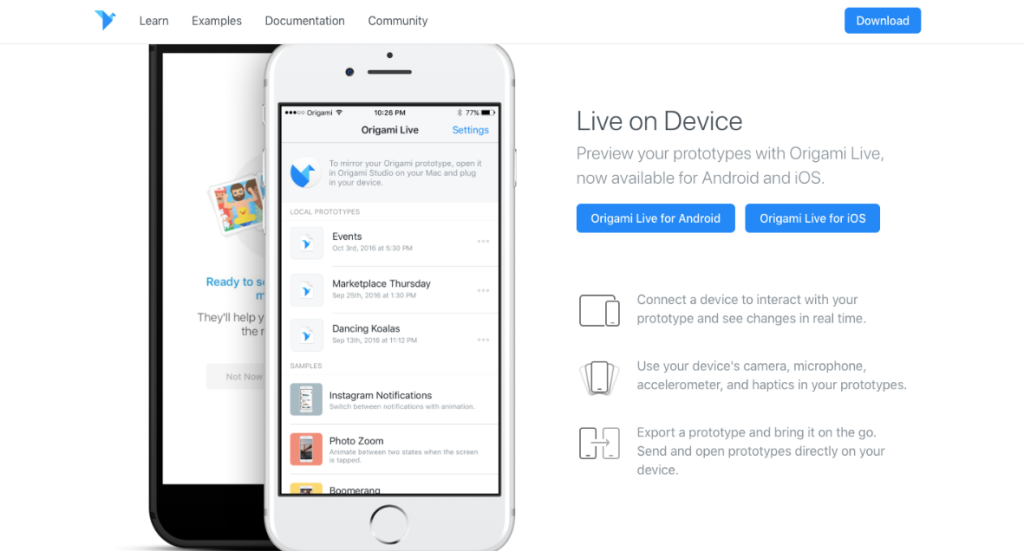Insights from Three Designers on Approaching a Website Redesign
Your website is your digital storefront, a crucial touchpoint for attracting and converting customers. But just like a physical store, websites need a refresh every now and then. A well-executed redesign can breathe new life into your online presence, improve user experience (UX), and ultimately boost your bottom line.
However, embarking on a website redesign can feel daunting. Where do you even begin? What are the key considerations? To shed light on this process, we interviewed three design professionals with diverse backgrounds:
- Dani Balenson: An independent creative director who has worked with brands like Oscar Health and Vox Media.
- Michael Rossi: A Senior UX/UI Designer at Hubilo, a virtual and hybrid event platform.
- Kyle Benson: Webflow’s Principal Brand Designer, who has extensive experience in crafting user-centric web experiences.
Rethinking vs. Rebranding: Understanding the Scope
One common misconception is that a website redesign automatically translates to a complete rebrand. Dani Balenson clarifies, “It’s important to know that a redesign is not always a rebrand. It can be a refresh, like putting on a different lipstick or eyeliner. A rebrand is a more holistic shift in your brand identity, including your logo, messaging, and overall voice.”
Michael Rossi echoes this sentiment. “The web has changed drastically in the last decade,” he explains, “pushing everyone to realize that rethinking how their website looks and functions is a necessity.” This doesn’t always mean a complete overhaul. Sometimes, a well-executed refresh with improved functionality can make a world of difference.
Identifying the Need for a Redesign
So, how do you know when it’s time for a website redesign? Here are some red flags to watch out for:
- Outdated Design: Does your website look like it belongs in a different era? Is it visually unappealing or difficult to navigate?
- Poor User Experience: Do users struggle to find what they’re looking for? Is the website slow or unresponsive?
- Mobile Unfriendliness: In today’s mobile-first world, a website that doesn’t function seamlessly on smartphones and tablets is a major disadvantage.
- Conversions are Down: Is your website failing to generate leads or sales? A redesign can help optimize the user journey and improve conversion rates.
- Incompatibility with New Technologies: Does your website struggle to integrate with new marketing tools or analytics platforms?
Planning and Prioritization: Setting the Stage for Success
Before diving headfirst into design, all three experts emphasize the importance of thorough planning. Here are some key steps to consider:
- Define Your Goals: What are you hoping to achieve with the redesign? Increased brand awareness? Improved lead generation? Clarity on your goals will guide the entire process.
- Know Your Audience: Who are you trying to reach? Understanding your target audience’s needs, preferences, and online behavior is crucial for creating a user-centric website.
- Analyze Your Existing Website: Perform a website audit to identify pain points, strengths, and areas for improvement. Tools like Google Analytics can provide valuable insights.
- Competitive Research: See what your competitors are doing well (and not so well) online. This can inspire design decisions and help you identify gaps in the market.
- Content Inventory: What content do you have currently? What needs to be updated or rewritten? Plan your content strategy alongside the design process.
Collaboration is Key: Working with Designers and Developers
Once you have a clear plan, it’s time to assemble your team. Kyle Benson highlights the importance of collaboration between designers and developers: “A successful website redesign requires a close partnership between both parties. Designers bring their creative vision to the table, while developers ensure the website is functional and user-friendly.”
Communication is key throughout the process. Clearly articulate your goals and expectations to your design team. Be open to feedback and willing to iterate on designs to ensure the final product meets your needs.




